The KSLOF GIS Data Portal: Administrative and User Guide to the Portal
The Khaled bin Sultan Living Oceans Foundation (hereafter will be referred to as KSLOF), has been collecting and analyzing spatial data. Since its inception in 2000 as a 501(c)(3) public benefit, Private Operating Foundation, KSLOF has collected a number of spatial data that are valuable in the formulation of strategies and policies to protect the environment. These collections are available to scientists and researchers around the world for free via user-friendly web-based interfaces as a testament to their over arching theme of ‘Science Without Borders’, which is a dedication to research, conservation and restoration of marine ecosystems. More data are expected to be archived with scheduled activities. The number of visitors to the current data portal has steadily increased and is expected to increase exponentially with the upcoming Global Reef Expedition, beginning in 2010. The request for information of what data are available and how to access these data is expected to increase, as well. In order to manage the request and monitor the users of the data, an Internet-based data portal has been designed and developed to assist clients retrieve geographic information system (GIS) data that are in the repository of the KSLOF.
This data portal system has three major modules: Data Discovery, Cataloging and Monitoring. The “Data Discovery” module includes two dynamic interfaces, the interactive Google Earth map with markers and links to the data, a table listing of maps in the repository, and a table listing of interactive map viewers. The “Cataloging” module uses third-party utilities to encode and manage the SQLite1The Graphic User Interface database backend. SQLite, the most widely deployed SQL database engine, was selected for this portal as it is a self-contained, serverless, zero configuration, open source and easy to manage system. The “Monitoring” module contains a series of user interfaces to facilitate the free registration of the users of the data and components to track files registered users have downloaded…


